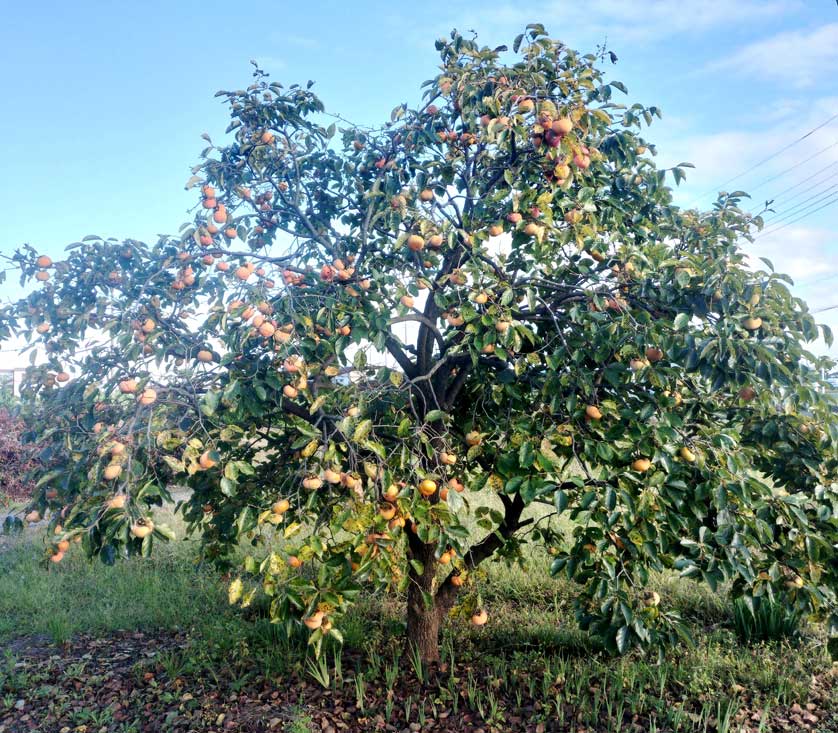Monday, June 14, 2021
Down the Kikuchi River
Sunday, December 15, 2013
Along the Road.....Azaleas & Haniwa
Thursday, April 30, 2009
Aimi Town Tottori Persimmons & Haniwa
Aimi Town Tottori
Aimi Town, located west of Mount Daisen in Tottori, became subsumed under Nambu Town a few years ago. The local draincover shows persimmons and a haniwa. The area is known for its large type of persimmon, and one of the highlights of the local matsuri is a persimon-seed spitting competition.
Haniwa are clay figures that were placed around large tombs, and this area of Tottori has a large number of smaller kofun (burial mounds), indicating that this was quite an important political center in ancient times.
Many of the myths and stories connected with Okuninushi are set in this part of the country. At one shrine a a large rock is revered that legend has killed Okuninushi. Apparently he had 80 brothers (or step-brothers) known as the Yasogami, and they were constantly trying to do Okuninushi harm. In this story they told Okuninushi to wait at this spot while they went up the mountain to drive down a wild boar. They then heated a large rock until it was red hot and rolled it down the mountain. Okuninushi, somehow seeing a large red boulder as a wild boar, grabbed the rock and was of course burned to death. Not to worry though as his mother interceded with the kami and had him brought back to life.
Further stories of ancient times links another shrine with one of the early mythical emperors, and at a shrine to this emperor there are some wonderful carved reliefs on the shrine buildings.
I saw this rather incongruous pairing at a nearby temple that had hundreds of memorials to dead children.






















